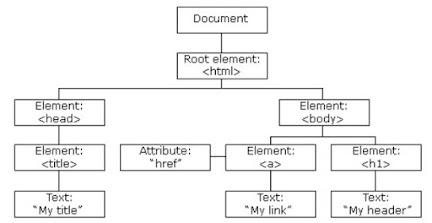Summary:👉 TABLE OF CONTENTS:
- Chapter 01: MERN stack
- Chapter 02: Why use the MERN Stack
- Chapter 03: Benifits of the MERN stack
MERN stack ✅
MERN STACK is a web development framework.MERN is an acronym accustomed to describe a particular set of JavaScript-based technologies that are utilized in the web application development process. it's designed with the concept to create the event process as smooth as possible.MERN includes the following components.
- ReactJS
- NodeJS
- MongoDB
- ExpressJS
✔ ReactJS :
- React is used to create UI components that make the interface of the single-page web application. React is a JavaScript library used for building user interfaces. React uses a full-featured programming language to construct repetitive or conditional DOM elements. With React, a similar code can run on both the server and also the browser. React’s strong suit is handling stateful, data-driven interfaces with minimal code and minimal pain. And also React has great support for forms, error handling, events, list, etc.
✔ NodeJS :
- NodeJS is used to run JavaScript on a machine instead of in a browser. Node JS is a cross-platform run-time JavaScript environment used for executing JavaScript code outside of a browser. Node JS was designed with the concept of allowing devs to create scalable network applications. Node JS has enabled devs to use it to write down command-line tools and back-end scripts for the aim of making dynamic web page content before the page is distributed to the user's browser.
✔ MongoDB :
- MongoDB is a free open-source, cross-platform and document-oriented database program. it is categorized as a No-SQL database used to store application data, suggesting the data is stored in flexible documents with JSON-based query language.
✔ ExpressJS :
- ExpreesIS is used to create the backend of a site using NodeJS functions and structures. this is free open-source software. it's released under the MIT license, and it is classified as a web application framework for Node.js. Express JS is formed for developing web apps and APIs.
Why use the MERN Stack ✅
MERN Stack is a Javascript Stack that's used for easier and faster deployment of full-stack web applications. MERN Stack comprises 4 technologies namely: MongoDB, Express, React, and Node.js. it's designed to create the development process smoother and easier. the subsequent reasons are the use of the MERn Stack.
- It helps you to make both Web and Mobile applications.
- It is widely adopted in the web industry.
- very huge and growing exponentially.
- very easy to learn and suitable for beginners.
- used throughout and across the stack.
Benifits of the MERN Stack ✅
- The speed of designing and developing websites and web applications,
- Develop a computer application using a single language called JavaScript.
- Ease of transferring a web application to a mobile application or software.
- Reducing client costs.
- The functionality of highly optimized web applications and software.
- it can be creating a web site using a single HTML document.
👉Important
some examples of widely used web development technology stacks :
- LAMP - Linux, Apache, MySQL, PHP
- Spring, Hybernate - Java
- MEAN - NodeJS, MongoDB, ExpressJS, AngularJS
- Django, Flas - Python





















